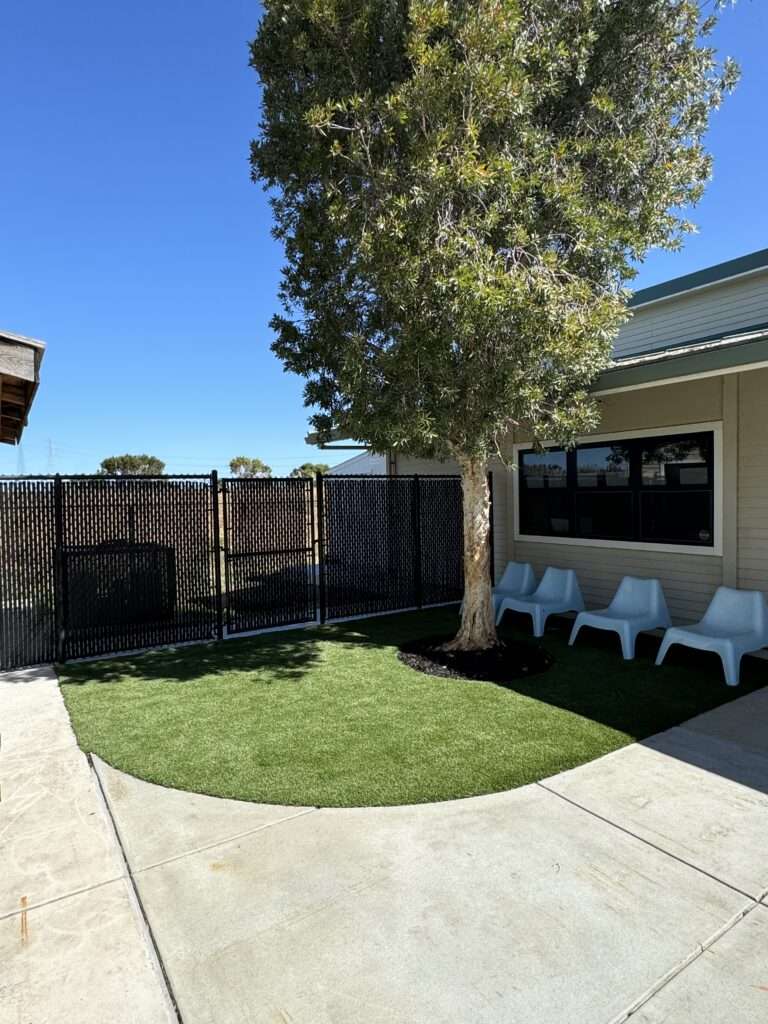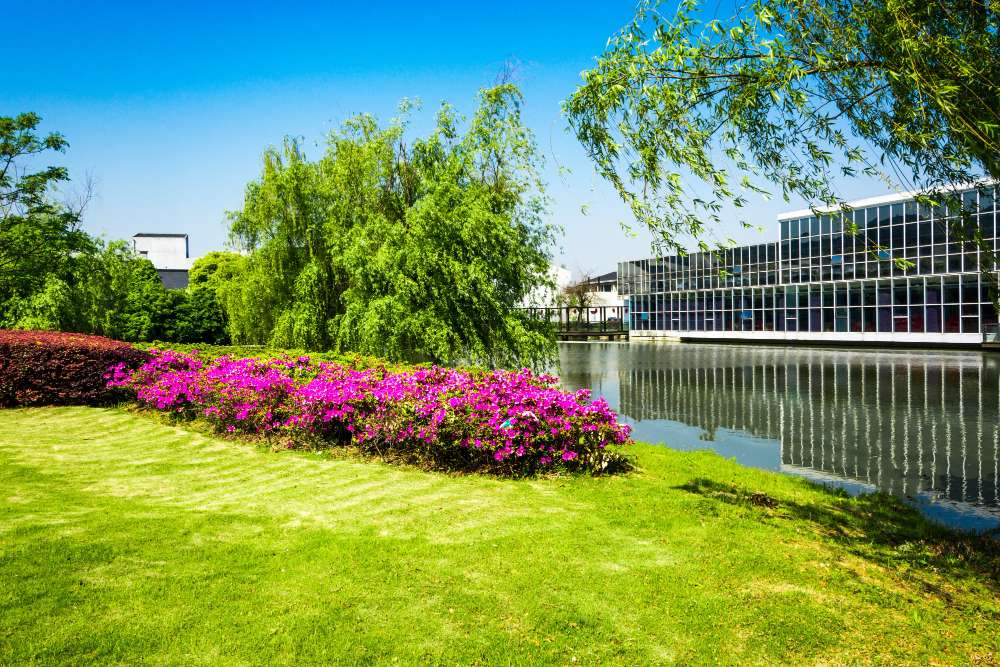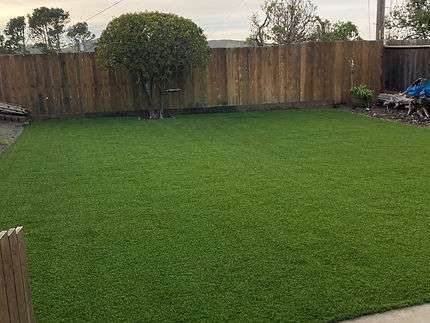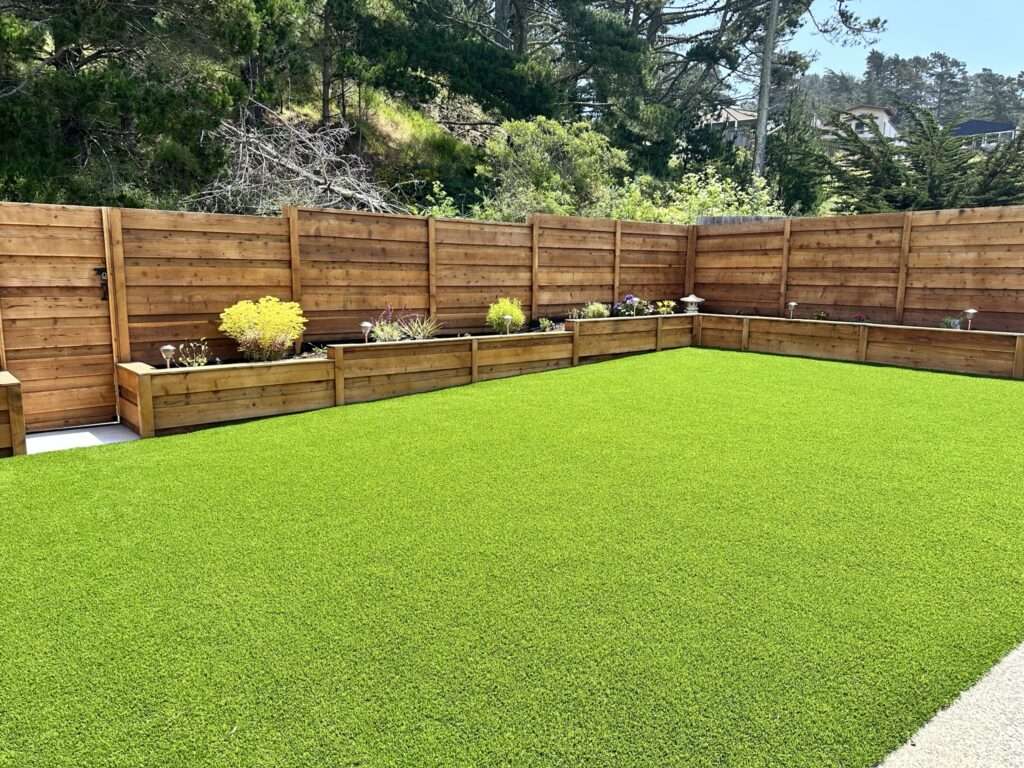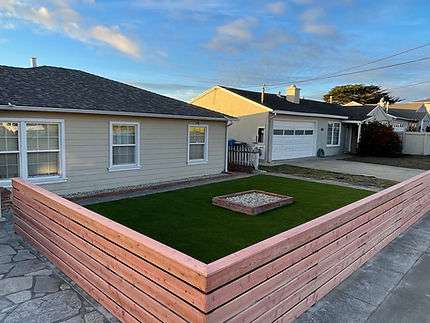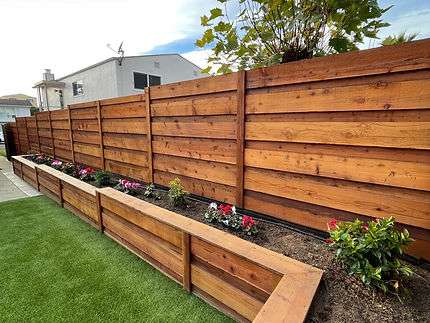Introduction
San Francisco’s unique coastal climate, with its cool summers, foggy mornings, and mild winters, makes it an ideal environment for a variety of native plants. Choosing native plants for your landscaping not only enhances the beauty of your garden but also supports local wildlife and conserves water. In this guide, we’ll explore the best native plants for landscaping in San Francisco, categorized by their suitability for different garden conditions.
Table of Contents
Benefits of Using Native Plants in San Francisco Landscaping
Using native plants in your landscaping offers several advantages, including:
- Drought Resistance – Many native plants have adapted to San Francisco’s Mediterranean climate, requiring little to no irrigation once established. This helps homeowners and businesses reduce water usage, which is particularly beneficial during drought conditions.
- Low Maintenance – Native plants are naturally suited to the local soil and weather conditions, making them easier to maintain compared to non-native species. They require minimal fertilizers, pesticides, and pruning, reducing gardening efforts and maintenance costs.
- Wildlife Support – Native plants provide essential food sources, shelter, and breeding grounds for local wildlife, including birds, butterflies, and pollinators like bees. By incorporating native plants into your garden, you contribute to the conservation of local ecosystems.
- Soil Health and Erosion Control – Native plants help improve soil structure and prevent erosion, especially in areas with sloped terrain. Their deep root systems stabilize the soil, reducing the risk of landslides and runoff, which is crucial in San Francisco’s hilly landscape.
- Sustainability – By reducing the need for excess watering, fertilizers, and chemical pesticides, native plants promote an eco-friendly and sustainable landscaping approach. They also enhance biodiversity, preserving the natural balance of local plant and animal species.
Aesthetic Appeal – Native plants add seasonal beauty to landscapes with their unique colors, textures, and structures. They can be used in various garden styles, from wild and naturalistic to structured and modern, providing visual interest throughout the year.
Best Native Plants for Landscaping in San Francisco
Drought-Tolerant Native Plants
If you’re looking to create a water-wise garden, consider these drought-tolerant native plants:
- California Poppy (Eschscholzia californica) – The state flower, known for its vibrant orange blooms, thrives in full sun with minimal water. It reseeds easily and provides a colorful ground cover.
- Cleveland Sage (Salvia clevelandii) – A fragrant shrub with purple flowers that attracts bees and hummingbirds. It’s ideal for dry, sunny spots and thrives with minimal watering.
- Toyon (Heteromeles arbutifolia) – A hardy evergreen shrub producing red berries that birds love. It can be used as a hedge or ornamental plant and is highly drought-resistant.
- Manzanita (Arctostaphylos spp.) – This beautiful shrub features twisting branches, evergreen foliage, and small pink flowers. It is perfect for dry landscapes and supports pollinators.
Shade-Loving Native Plants
For gardens with partial or full shade, these native plants are excellent choices:
- Western Sword Fern (Polystichum munitum) – A lush, evergreen fern perfect for damp, shaded areas. It provides excellent ground coverage and is highly resilient.
- Wild Ginger (Asarum caudatum) – A ground cover with heart-shaped leaves and a pleasant scent. It thrives in moist, shaded conditions and provides habitat for small wildlife.
- Snowberry (Symphoricarpos albus) – A shrub with white berries that provides cover for wildlife. It tolerates shade well and adds a unique visual element to the garden.
- Redwood Sorrel (Oxalis oregano) – A low-growing perennial that thrives under redwood trees, forming a beautiful green carpet in shaded areas.
Flowering Native Plants for Pollinators
Encourage pollinators like bees and butterflies with these colorful native plants:
- Sticky Monkey Flower (Diplacus aurantiacus) – A bright orange flowering plant that thrives in dry conditions. It attracts hummingbirds and adds a burst of color to landscapes.
- California Lilac (Ceanothus spp.) – A beautiful shrub with blue or purple blossoms that attract butterflies. It is drought-resistant and thrives in coastal conditions.
- Douglas Iris (Iris douglasiana) – A stunning purple-flowered perennial ideal for coastal gardens. It requires minimal care and provides nectar for pollinators.
Golden Yarrow (Eriophyllum confertiflorum) – A bright yellow flowering plant that attracts beneficial insects and adds vibrancy to gardens.
Native Grasses and Ground Covers
For erosion control and aesthetic appeal, consider these native grasses and ground covers:
- California Fescue (Festuca californica) – A drought-tolerant, ornamental grass with blue-green foliage. It is excellent for hillsides and requires little maintenance.
- Purple Needlegrass (Stipa pulchra) – California’s state grass, excellent for meadows and slopes. Its deep roots make it ideal for erosion control.
- Creeping Wild Rye (Elymus triticoides) – A robust ground cover that stabilizes soil and prevents erosion. It works well in coastal and riparian environments.
- Seaside Daisy (Erigeron glaucus) – A low-growing plant with lavender flowers that is perfect for ground cover and attracts butterflies.
How to Care for Native Plants in San Francisco’s Climate
To maintain a thriving native landscape, follow these care tips:
- Water Wisely – Many native plants need occasional deep watering during their first year to establish strong root systems. Once mature, they require little to no supplemental irrigation, depending on natural rainfall.
- Mulch to Retain Moisture – Apply a 2-3 inch layer of organic mulch around plants to conserve moisture, suppress weeds, and improve soil quality. Avoid placing mulch directly against plant stems to prevent rot.
- Prune Seasonally – Trim dead or overgrown branches to encourage new growth and maintain the plant’s shape. Some native shrubs and grasses benefit from periodic cutting back to rejuvenate growth.
- Avoid Chemical Fertilizers – Native plants thrive in the region’s natural soil conditions and do not require synthetic fertilizers. Instead, enrich the soil with organic compost if needed.
- Control Weeds and Invasive Species – Regularly remove invasive plants that can compete with native species for nutrients, water, and space.
- Monitor for Pests and Diseases – Native plants are generally resistant to local pests, but it’s important to check for signs of stress, pests, or disease and address them naturally when necessary.
- Choose the Right Location – Plant each species in its preferred growing conditions—some thrive in full sun, while others prefer shade or moisture-rich soil.
- Encourage Natural Pollination – Allow beneficial insects, bees, and birds to thrive by planting a diverse mix of native flowers and shrubs that bloom throughout the seasons.
Where to Buy Native Plants Locally
Support local nurseries and conservation groups by purchasing native plants from these sources:
- San Francisco Botanical Garden’s Native Plant Nursery
- Bay Natives Nursery
- Yerba Buena Nursery
- California Native Plant Society Sales
Conclusion
Landscaping with native plants in San Francisco is a rewarding way to create a sustainable, low-maintenance garden that thrives in the local climate. Whether you’re designing a drought-tolerant landscape, a pollinator-friendly garden, or a shaded oasis, native plants provide beauty, resilience, and ecological benefits. By choosing native species, you contribute to the conservation of California’s natural heritage while enjoying a vibrant, thriving outdoor space.

